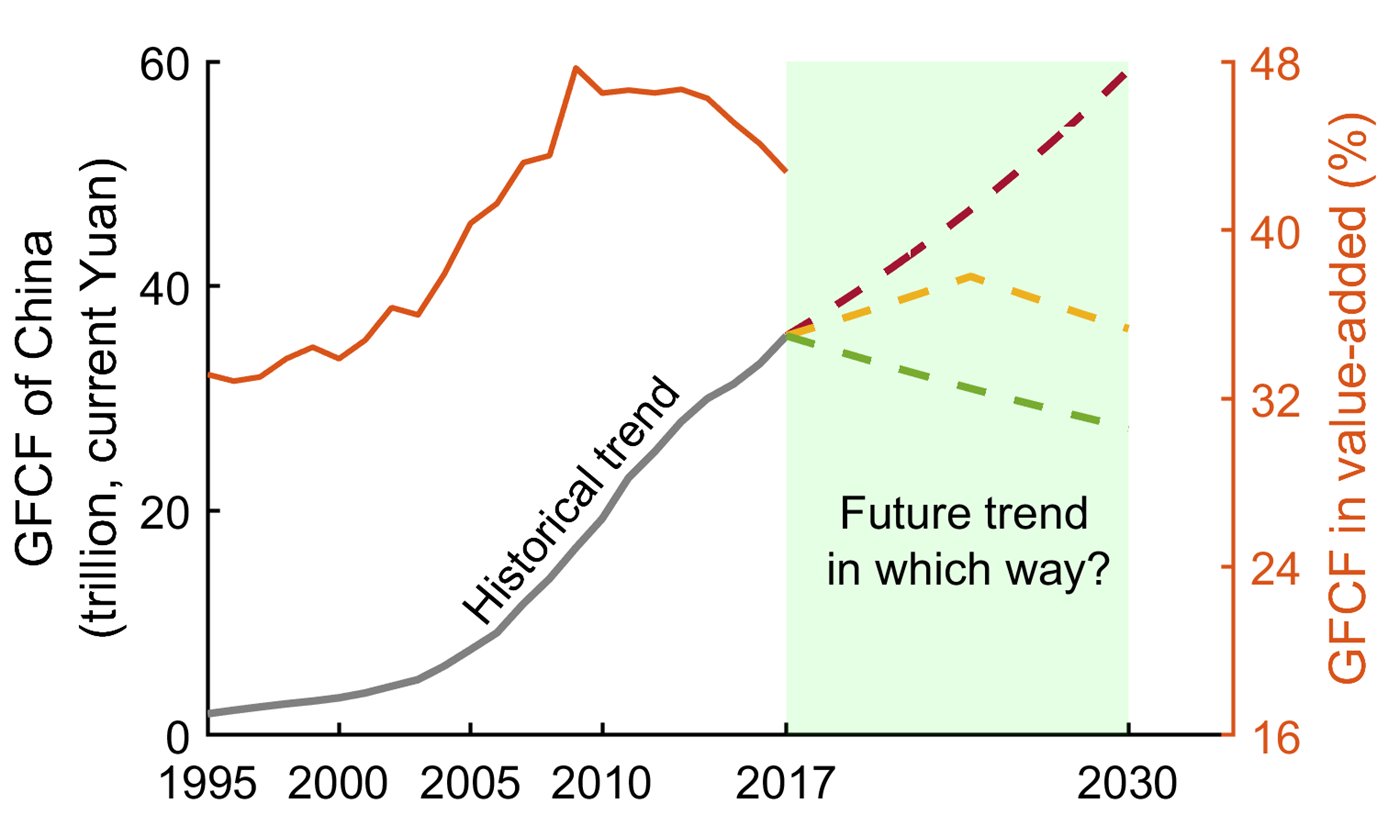China’s future capital development and the associated dynamic impacts on China’s carbon emissions | Quanliang Ye

Field l discipline
-
Industrial Ecology
-
Sustainable Development
Expertise
-
Input-Output Modelling
-
Environmental Impact Assessment
Summary
With significant government and private investment, a variety of capital assets that are built-up in China or imported from abroad have been acquired to enable the country’s fast-growing production activities. The durable feature of capital assets makes today’s built-up capital that can be used for productive purposes over years or even decades. Particularly in China, approximately one-third of the capital assets (in monetary terms) invested during 1995-2015 have been depreciated, while the rest remain effective for future production. Capital development influences the attainment of all the 17 Sustainable Development Goals. China’s future capital investment is projected to be more than $94 trillion US dollars by 2040. With different capital investment pathways, China’s future economic structure as well as its environmental performances will present quite different pictures. This will also influence the economic-environmental-social development in other countries. My study aims to present a fine-scale analysis of the impacts of provincial capital development on the associated spatiotemporal CO2 transfers that embodied in capital production, trade and consumption within China over the period of 1995-2017 as well as into the near future 2030.

Supervision by
-
Promotor Prof. dr. K.S. (Klaus) Hubacek | Integrated Research on Energy, Environment and Society - IREES | ESRIG, University of Groningen.
-
Daily supervisor Dr. Y. (Yuli) Shan | Integrated Research on Energy, Environment and Society - IREES | ESRIG, University of Groningen.
| Last modified: | 27 February 2024 11.37 a.m. |
